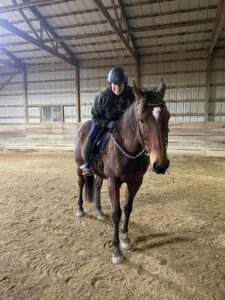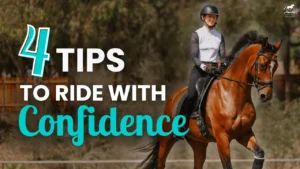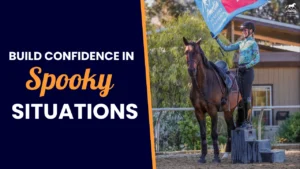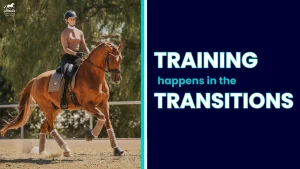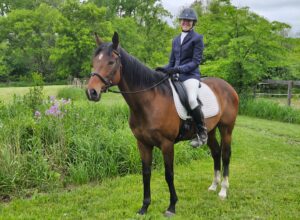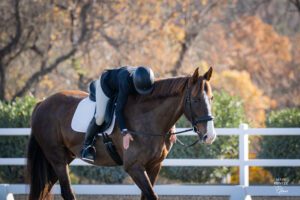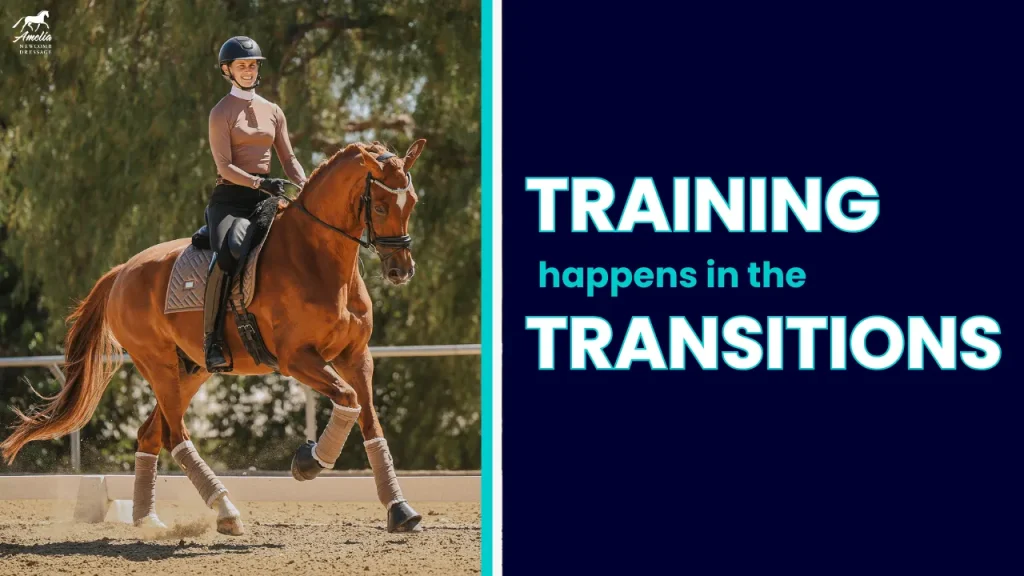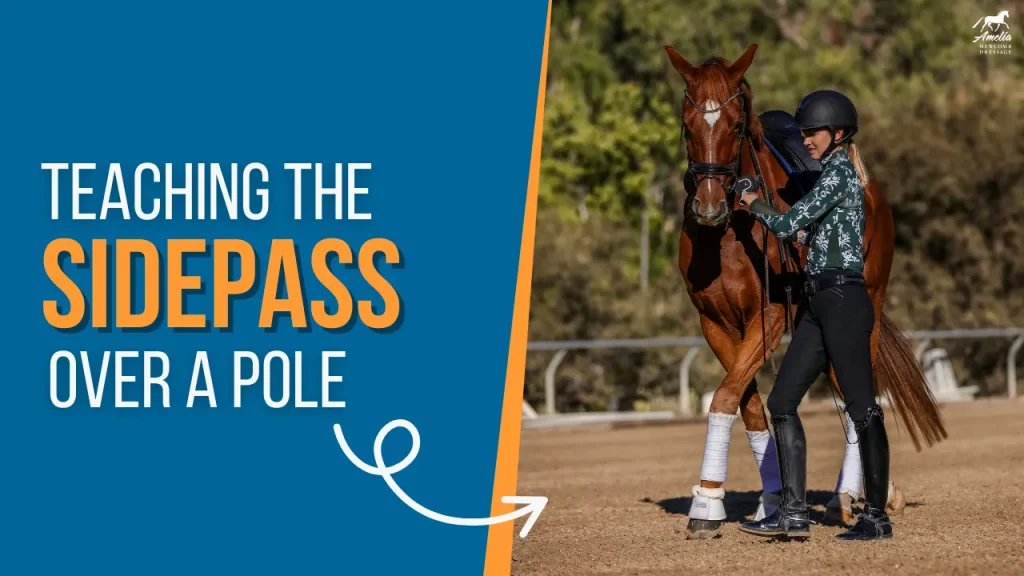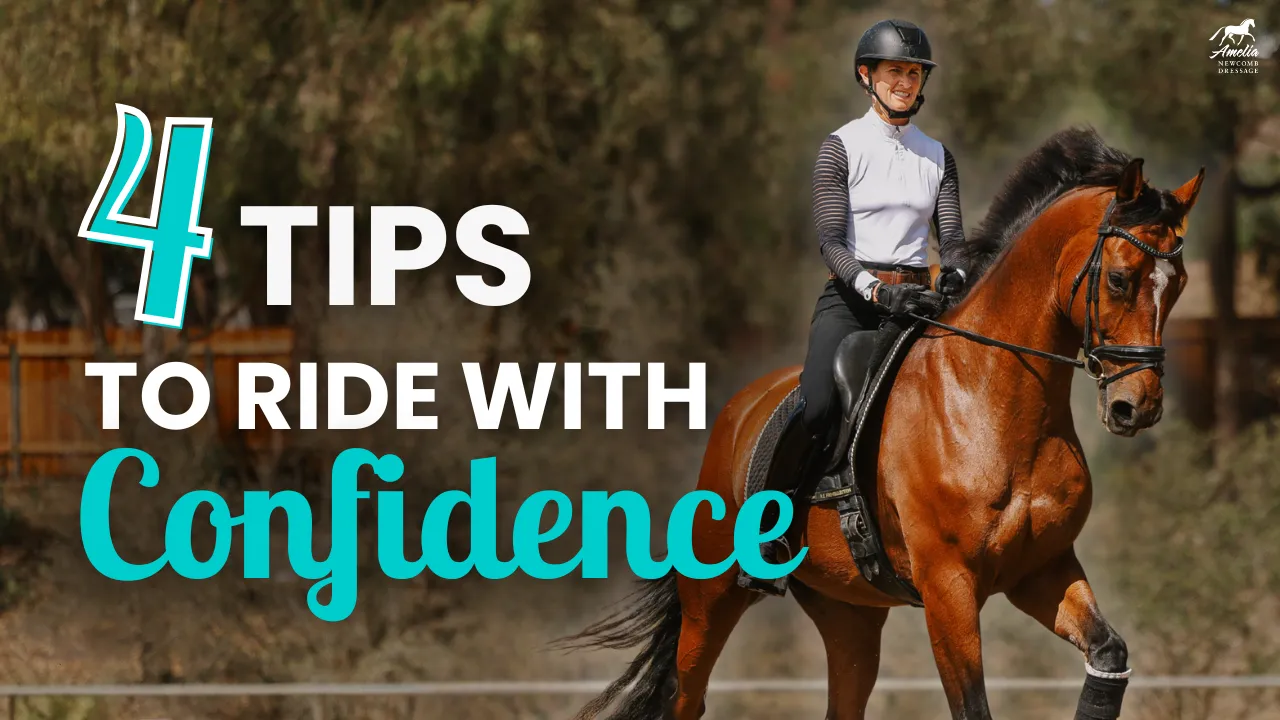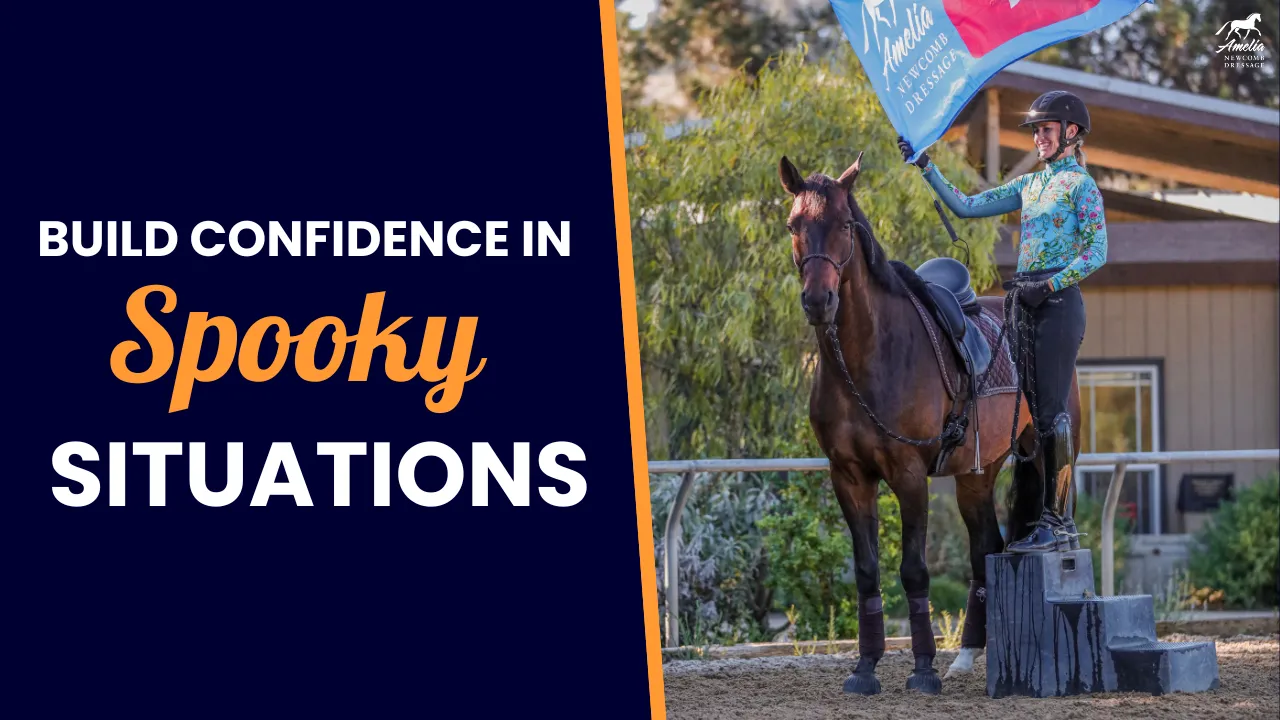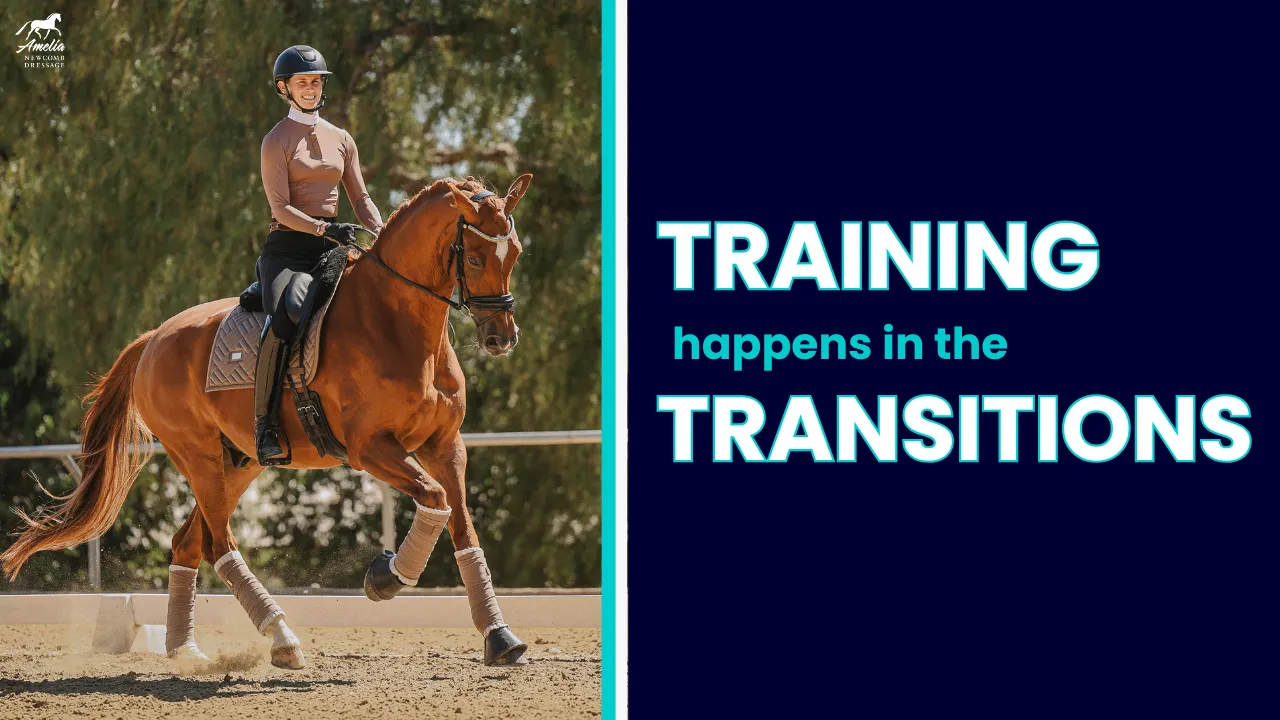My virtual Five Day Riding Bootcamp starts in just four days! Before we get into this week’s BONUS training video, I wanted to give you the scoop on what is going on inside this awesome course!
This Bootcamp (did I mention it’s both FREE and virtual) is designed to help you get motivated, learn all about the Training Scale, and allow you to see progress in every ride.
When you join, you will get:
- A new live training each day to help you with your riding, and homework to go along with it.
- Activities and exercises (mounted and unmounted)
- Supportive Facebook community
- The chance to win prizes
- And more!
If you enjoy todays bonus video, then I know you’ll love all the things we learn in Bootcamp! Plus, all this is completely FREE. I would love to have you join.
And now let’s get back to the training video.
Establishing a steady contact is important because it allows us to create connection with our horses and engage their hind end. But achieving a steady contact isn’t so easy. Some horses are strong in the contact, and go above the bit, others are too light in the contact, or curl behind the bit. And sometimes, your horse might be a little of all of these! There are solutions for all of these problems, but in this week’s video, I wanted to give you some tips for horses who get too light and curl behind the contact.
First, what does it mean when a horse curls? When a horse curls, that means that they bring their nose behind the vertical and drop the contact. Curling can happen for many reasons: poor rider position, conformation tendencies in the horse, or evading engaging the hind end. If your horse curls, it can be very hard to turn, control the tempo, and get them round and engaged in their hind end. So how can you fix a horse that curls? Here are my top tips to help you:
· Seat and Rider Position – The first thing to check if you have a horse that curls is your seat and rider position. Often if you balance on your hands and are unstable in your seat, this can cause your horse to curl behind the contact. Make sure that you have an independent seat, and straight-line ear, shoulder, hip, and heel as well as elbow to mouth.
· Steady Contact – Next, check in and make sure that you have a steady contact. With horses who like to curl, having steady hands and following elbows is extremely important.
· Lateral Work – Once you have checked in with your position, try some lateral work to help get your horse’s hind end engaged. Focus on riding inside leg to outside rein and sitting in with your seat to help balance your horse. Exercises like leg-yields, shoulder-in, 10 m circles, and turns on the forehand will help you engage your horse’s hind end and help them come on the bit.
· Lift, and Give – If your horse really wants to curl and you just can’t get them to come on the bit, you can try lifting your hands up for a few seconds to help them come on the bit, then gently return your hands to the correct position, and give your inside rein. As you are doing this, really focus and make sure nothing changes in your seat.
· Transitions – Riding transitions between and within gait is another great way to get your horse’s hind end engaged, which will help them come on the bit. As you’re riding, really focus on your independent seat, steady contact, and riding inside leg to outside rein.
I hope these tips help you with your horse! Curling is probably one of the harder evasions to fix, but with time and consistency, you will see progress. If you need more help with your riding, don’t forget to check out my Five-Day Riding Bootcamp!
Happy Riding!
Amelia
